Solar Panel Selection Guide: Best Panels for EPCs 2025
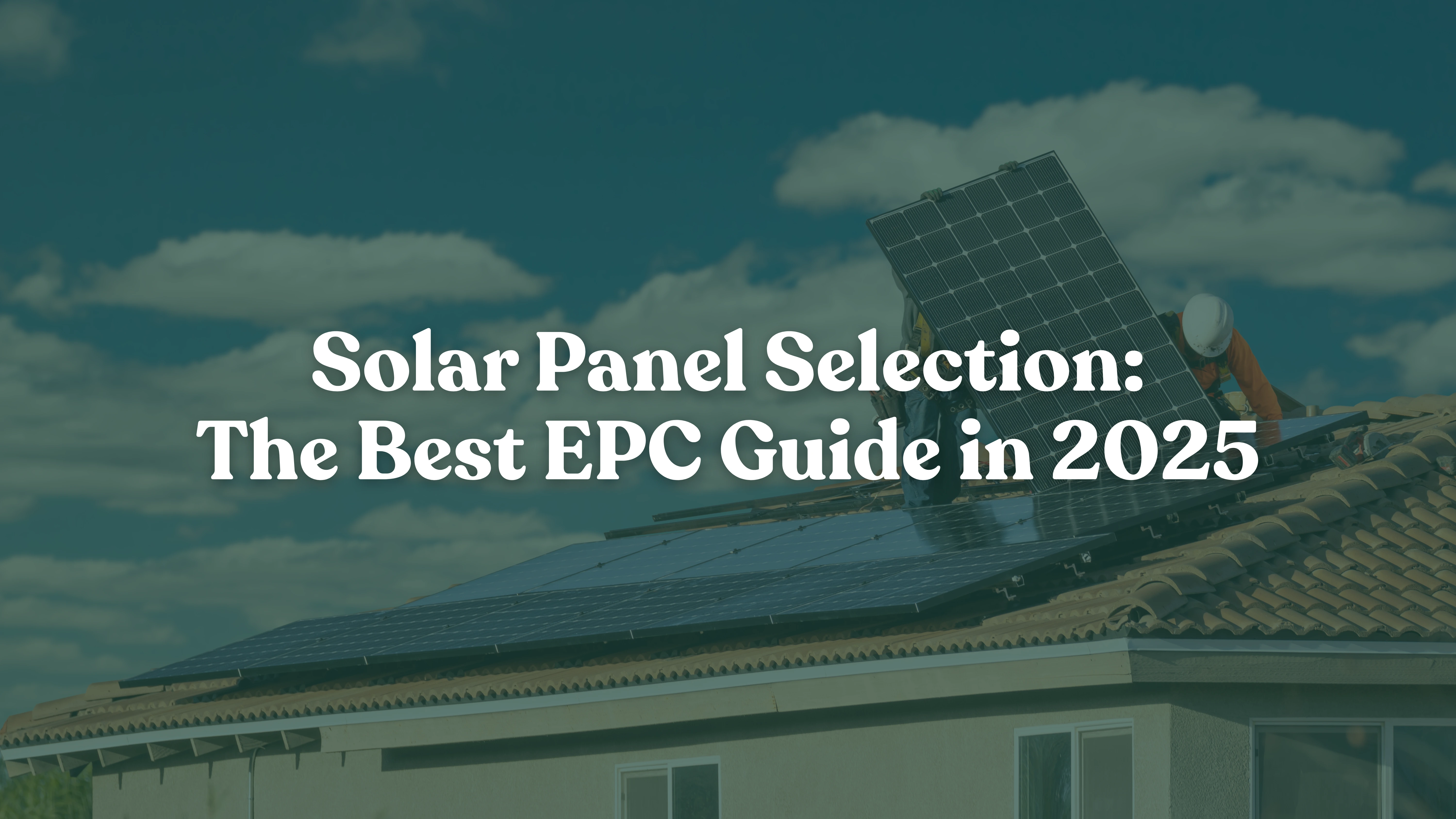
The Ultimate Guide For High-Performance Solar Panel Selection for Your Commercial Projects in 2025
Why Your Solar Panel Selection Choice Can Make or Break Project Profitability
The solar landscape has never been more competitive – or more profitable. With modern solar panels now exceeding 22-24% efficiency and costs plummeting over 80% in the past decade, choosing the right panels for your commercial projects directly impacts your bottom line, client satisfaction, and long-term reputation as an EPC or installer.
But here’s the reality: not all solar panels are created equal, especially for large-scale commercial installations. The difference between premium and mediocre panel selection can swing project ROI by 15-20% over 25 years – that’s potentially millions in lost revenue for utility-scale projects.
Understanding 2025’s Game-Changing Solar Panel Selection Technologies
Perovskite Solar Cells: The Efficiency Revolution
The biggest buzz in solar technology right now centers around perovskite solar cells. In early 2025, Trina Solar set a new world record for solar conversion efficiency in n-type fully passivated heterojunction (HJT) solar modules, reaching 25.44%. But that’s just the beginning.

The breakthrough in 2025 solar technology aims to push this boundary to unprecedented levels, potentially achieving efficiencies of up to 45% through multi-junction cells combining perovskite with traditional silicon. For EPCs, this translates to:
- Smaller system footprints for the same power output
- Reduced balance of system costs per watt
- Higher power density for space-constrained commercial rooftops
Bifacial Solar Panels: Double-Sided Power Generation
Bifacial panels generate energy from both sides, increasing efficiency by up to 15%. These panels are particularly effective for:
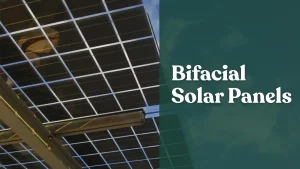
- Ground-mount commercial installations with reflective surfaces underneath
- Elevated carport structures where light bounces from below
- Snow-prone regions where ground reflection amplifies winter production
Thin-Film Technology: Flexibility Meets Performance
Thin-film solar panels, made from materials like cadmium telluride and amorphous silicon, are gaining traction due to their lightweight design and versatility. Key advantages for commercial applications include:
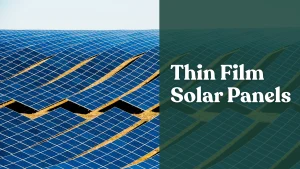
- Lower temperature coefficients for better hot-weather performance
- Flexible installation options on unconventional surfaces
- Cost-effective manufacturing at scale
The EPC Solar Panel Selection Framework: 7 Critical Evaluation Criteria
1. Efficiency Rating and Real-World Performance
Don’t just look at lab efficiency ratings. Modern panels are projected to reach efficiencies beyond 25%, but real-world conditions matter more. Consider:
- Temperature coefficient: How much efficiency drops in high heat
- Low-light performance: Energy production during cloudy conditions
- Degradation rates: Annual efficiency loss over 25 years
2. Financial Analysis: Total Cost of Ownership
Smart EPCs evaluate panels beyond upfront costs:
- $/Watt installed cost including mounting and BOS components
- Levelized cost of energy (LCOE) over the system lifetime
- Warranty terms and manufacturer financial stability
- Insurance implications for different panel technologies
3. Technology Compatibility and Integration
Ensure your panel selection works seamlessly with:
- Inverter compatibility and MPPT voltage ranges
- Monitoring system integration for performance tracking
- Grid interconnection requirements specific to your utility
- Future expansion capability for phased project development
4. Supply Chain and Logistics Considerations
Project developers who are able to obtain less expensive equipment from their suppliers than other developers are in a better competitive position. Evaluate:
- Manufacturer lead times and production capacity
- Domestic content requirements for federal incentives
- Shipping and handling logistics for large-scale projects
- Local warehousing and inventory management
5. Environmental and Regulatory Compliance
Commercial projects face stricter requirements:
- Building code compliance for structural loading
- Fire safety ratings and setback requirements
- Environmental certifications (IEC, UL, etc.)
- End-of-life recycling programs and environmental impact
6. Installation and Maintenance Requirements
Different panel technologies have varying installation needs:
- Mounting system compatibility and structural requirements
- Cable management and electrical connection methods
- Cleaning and maintenance accessibility
- Troubleshooting and replacement procedures
7. Performance Monitoring and Data Analytics
AI-driven platforms optimize energy usage and storage, helping homeowners and businesses maximize efficiency. Modern commercial projects require:
- String-level monitoring capabilities
- Predictive maintenance features
- Performance reporting for O&M contracts
- Integration with building management systems
Technology Comparison: Making the Right Choice for Your Project Type
Utility-Scale Ground Mount Projects
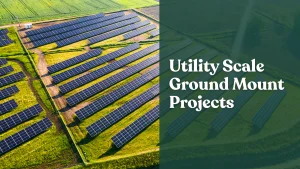
Best Choice: Monocrystalline or bifacial panels with tracking systems
- Prioritize efficiency over cost due to land constraints
- Consider bifacial panels with single-axis tracking for 20-30% energy gains
- Evaluate string inverters vs. power optimizers based on shading conditions
Commercial Rooftop Installations
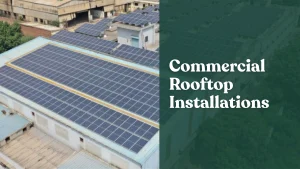
Best Choice: High-efficiency monocrystalline with optimizers
- Space limitations make efficiency paramount
- Structural considerations favor lighter panels
- Module-level monitoring essential for maintenance access
Agrivoltaics and Dual-Use Projects

Best Choice: Elevated thin-film or translucent panels
- Light transmission requirements for crop growth underneath
- Durability for agricultural equipment operation
- Flexible mounting systems for seasonal adjustments
Financial Modeling: Maximizing Project ROI
Understanding the True Cost Per Watt
The levelized cost of electricity (LCOE) from solar photovoltaics (PV) fell from $0.40 per kWh in 2010 to just $0.048 per kWh in 2022. Your panel selection directly impacts this metric:
Premium Panel ROI Formula:
- Higher upfront cost: +$0.10-0.20/watt
- Increased efficiency: +10-15% energy production
- Extended warranty: +5 years coverage
- Net result: 12-18% higher lifetime returns
Federal and State Incentive Optimization
Experts expect the federal Investment Tax Credit to remain active in 2025. Maximize incentive capture through:
- Domestic content bonuses requiring US-manufactured components
- Energy storage integration for additional tax benefits
- Prevailing wage compliance for enhanced credit rates
Future-Proofing Your Solar Panel Selection Strategy
Emerging Technologies to Watch
Japan announced a ¥227 billion ($1.5 billion USD) national investment to commercialize ultra-thin, flexible perovskite solar cells. Stay ahead by:
- Evaluating pilot programs with next-gen technologies
- Building relationships with innovative manufacturers
- Planning modular designs for easy technology upgrades
Grid Integration and Smart Technology
Internet of Things (IoT) devices allow seamless integration of solar panels with smart home systems. Commercial projects increasingly require:
- Smart inverter capabilities for grid support functions
- Vehicle-to-grid integration for EV charging infrastructure
- Demand response participation for additional revenue streams
Quality Assurance and Risk Mitigation
Manufacturer Due Diligence
Financial strength of the EPC or the parent company applies equally to panel manufacturers. Evaluate:
- Tier 1 bankability ratings from Bloomberg NEF
- Manufacturing quality certifications (ISO 9001, 14001)
- Financial stability and warranty backing insurance
- Local support infrastructure for service and parts
Performance Testing and Validation
Implement rigorous testing protocols:
- Flash testing of sample modules upon delivery
- Electroluminescence (EL) imaging for defect detection
- Thermal cycling and humidity testing for durability
- Performance monitoring baselines and benchmarking
Implementation Best Practices for EPCs
Procurement Strategy Development
Successful EPCs develop comprehensive procurement approaches:
- Multi-vendor sourcing to avoid supply chain risks
- Volume discount negotiations for annual purchasing agreements
- Quality escalation procedures for defective products
- Logistics optimization for just-in-time delivery
Client Education and Value Communication
Help clients understand the selection rationale:
- Total cost of ownership models vs. upfront pricing
- Performance guarantees and risk allocation
- Technology roadmaps for future expansion planning
- Maintenance and monitoring requirements
Smart Solar Panel Selection Start with Smarter Engineering
In 2025, picking the right solar panel is about more than specs—it’s about long-term performance, compliance, and profitability. That’s where Energyscape Renewables comes in.

We support EPCs and installers with expert solar engineering and design services—from tailored plan sets and structural analysis to cutting-edge tech integration. Whether you’re working with bifacial panels, perovskites, or battery-ready designs, we help you build smarter and scale faster.
With Energyscape Renewables, your panel choice isn’t just right—it’s engineered to win.

sjayakanth@energyscaperenewables.com